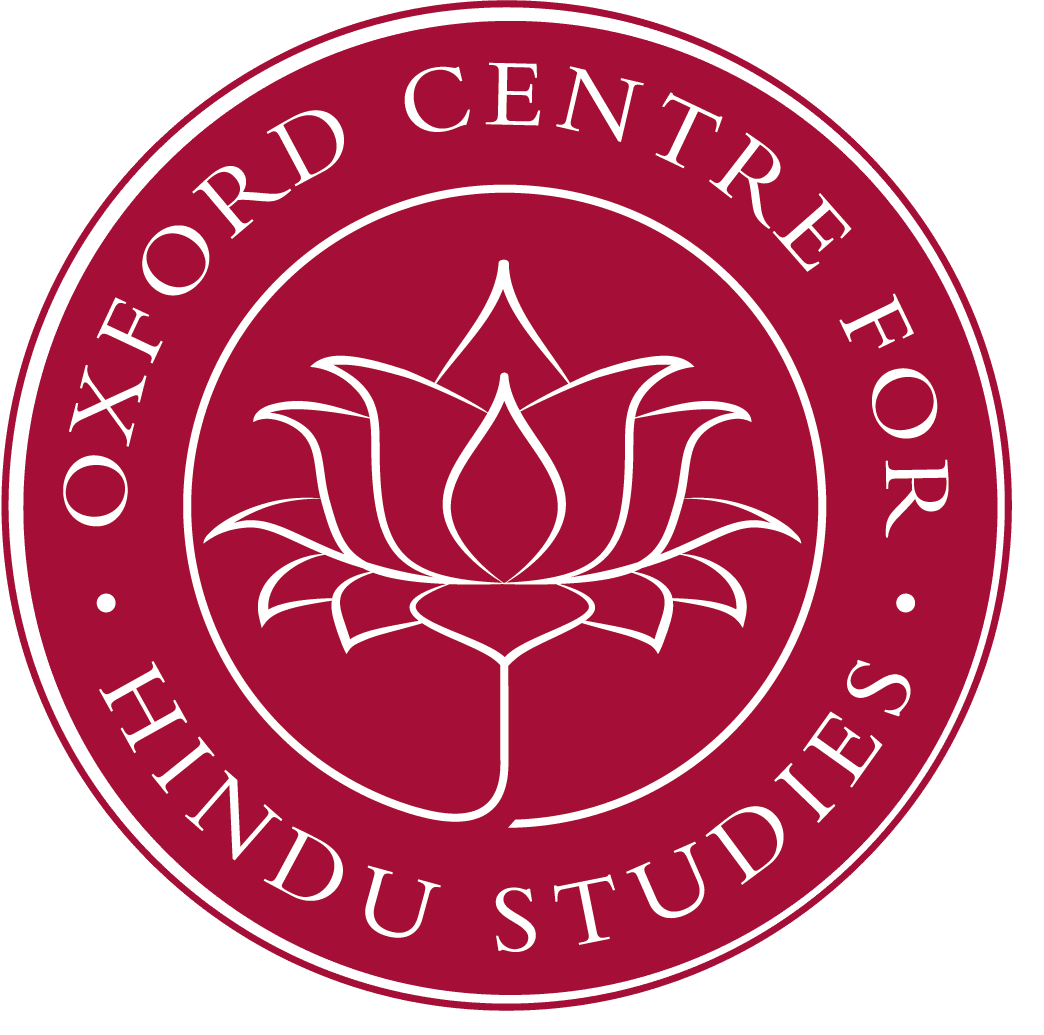What counts as “scripture”? Wherein lies its authority? What has been said about dharma on the basis of it? How has what has been said been justified through exegesis (and other commentarial and “quasi-commentarial” practices)?
Lecture tag: Texts
Readings in Tantric Texts: Session Five (MT10)
We will continue to read the Jayakhya Samhita
Readings in Tantric Texts: Session Six (MT10)
We will continue to read the Jayakhya Samhita
Readings in Tantric Texts: Session Three (MT10)
We will continue to read the Jayakhya Samhita
Readings in Tantric Texts: Session Four (MT10)
We will continue to read the Jayakhya Samhita
Readings in Tantric Texts: Session One (MT10)
We will continue to read the Jayakhya Samhita
Early Vaisnava Texts from Nepal
Exploring early palm-leaf manuscripts from the NGMPP collection, I came across some rare Vaiṣṇava Tantras which were hardly known from any other source. In this lecture, I will talk about four of such texts: the Svāyambhuvapañcarātra, Devāmṛta-pañcarātra, Jayottaratantra, and the Vāsudevakalpa of the Mahālakṣmṃhitā, which are preserved in palm-leaf manuscripts of the 11–14th centuries.
The first three texts are earlier than the texts which are regarded until now as the earliest Pāñcarātra texts. The fourth text, the Vāsudevakalpa, is exclusively concerned with the composite form of Lakṣmī and Vāsudeva, and is comparable to early Śāktatantras in certain aspects in its structure and contents. These texts together provide a broader picture of Vaiṣṇava Tantricism, and suggest that what was happening in the Śaiva fold was very similar to what was happening in the Vaiṣṇava fold.
I will briefly present the contents of all these texts and discuss specific features of them.
The Temple in Sanskrit Legal Literature
Session 12 of the 2007 Shivdasani Conference.
This paper will examine the relationship between temples and the ideologies and practices underlying the mainstream of the Brahmanical tradition and the ascetical institutions of ancient India. The “Hindu” temple is a relatively new institution rising in the early centuries of the common era. Brahmanical ritual both in its public and domestic expressions had existed without temples for over a millennium. Ascetic institutions both within and outside the Brahmanical tradition developed in a temple-less religious landscape, and their ideologies were anti-ritual focused on wandering and mental cultivation.
With the development of temple culture within “Hindu” traditions, accommodations and conflicts between the emergent religious culture and the older traditions were bound to occur. Focusing on the textual tradition, this paper will examine some of these conflicts and accommodations.
Absence and Presence: Worshipping the Jina at Ellora
How does one worship a liberated being who is technically inaccessible? This is the fundamental question that I propose to answer within the context of Ellora’s Jain cave-temples. In the early ninth through tenth century, temples with shrines containing a life-sized Jina image were hewn out of rock. Among the earliest of these temples is a monument known today as the Chota Kailasa. As its appellation suggests, this temple resembles the site’s larger and more famous Kailasanatha temple in terms of its execution, architectural components, and designation of sacred space. Although Ellora’s Kailasanatha temple has long been recognized as a divine residence for the Hindu god Shiva, similar ways of looking at the Chota Kailasa and its Jina image have not yet been conducted. One reason for this neglect may be the simple fact that the liberated Jina is not considered to be “present” within the main shrine image and so the temple is not thought of as a “residence” per se. Though this is technically the case, similarities between these two monuments at Ellora, especially in some of their external imagery, suggest more nuanced connections.
In this paper, I examine the similarities and differences between these two monuments and address important issues regarding “absence”, “presence” and “residence” in early medieval Hindu and Jain religious art and practice. While I highlight some of the similarities between Hindu and Jain articulations of “presence” at Ellora, I argue that Jain visual expressions of this notion are particular to its own religious tradition. Furthermore, I suggest how conceptions of a Jina’s samavasarana (as articulated in Ellora’s artistic programs and in Jinasena’s Adipurana) might serve as a framework from which to view and understand Ellora’s Jain cave-temples as powerful places of “presence” and worship.
